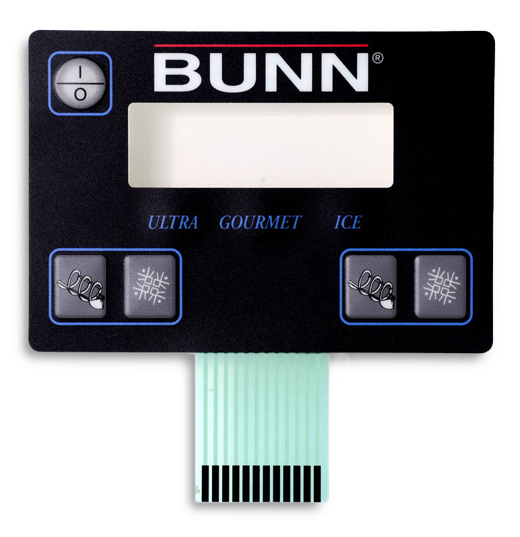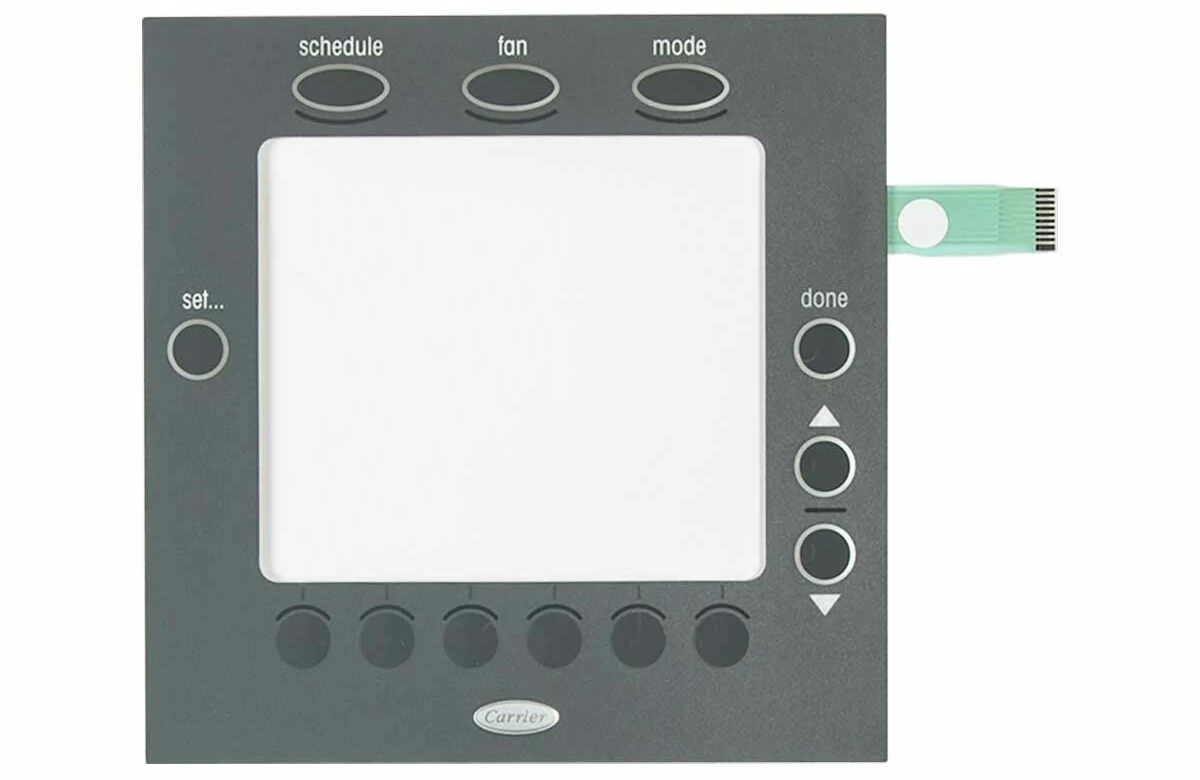Membrane Switches: A Cost-Effective Solution for Product Interfaces
Membrane Switches: A Cost-Effective Solution for Product Interfaces
Blog Article
Comprehending the Importance of Membrane Switches in Individual Interfaces
Membrane switches are indispensable elements in the layout of efficient interface, assisting in not only performance but additionally enhancing visual appeal and individual communication. Their special features, such as resistance to environmental variables and adjustable layouts, make them ideal for a diverse selection of applications across several sectors. As we explore the future patterns and numerous benefits related to Membrane innovation, it comes to be clear that these switches are a lot more than simply components; they represent a merging of technology and practicality. The ramifications of this modern technology on user experience are worth taking a look at further.
What Are Membrane Switches?

The spacer layer, which consists of sticky homes, permits the splitting up of the circuit layer from the overlay, making certain that the button remains in a non-activated state until pushed. When pressure is put on the overlay, it presses the spacer layer, connecting the gap and finishing the circuit in the underlying layer. This style not only lowers the physical area required for typical mechanical buttons but additionally improves the resilience of the tool, as Membrane switches are normally resistant to dirt, wetness, and various other ecological elements.
Commonly located in applications ranging from customer electronics to clinical devices, Membrane switches are indispensable to contemporary innovation, offering a efficient and easy to use interface that lines up with modern style needs.
Advantages of Membrane Buttons
While various button technologies exist, Membrane Switches offer unique advantages that make them particularly preferable in various applications. One of the key benefits of Membrane buttons is their portable design, which permits space-saving implementations in gadgets where realty is restricted. Their thin profile not just enhances aesthetic charm yet also helps with light-weight construction.
An additional considerable benefit is their resistance to ecological elements. Membrane buttons are generally sealed versus dampness, dirt, and contaminants, making them optimal for usage in requiring environments, such as medical devices and industrial devices. This longevity extends the lifespan of the switch, decreasing maintenance expenses and improving integrity.
In addition, Membrane buttons can be tailored to meet specific design requirements, incorporating distinct graphics and colors that enhance user interaction. Their tactile feedback options can also be tailored to provide a satisfying user experience. Additionally, Membrane buttons are cost-efficient, specifically in high-volume applications, as they can be created effectively.
Applications in Different Industries

In the customer electronics field, Membrane buttons are common in devices such as microwaves, cleaning devices, and remote controls. Their responsive feedback my company and visual options boost individual experience while giving a smooth, modern appearance. Additionally, vehicle manufacturers make use of Membrane buttons in control panel controls and infotainment systems, where room is limited, and customer engagement is essential.
Furthermore, the commercial industry leverages Membrane buttons in control panels for machinery and tools, enabling user-friendly procedure in typically rough environments. Their resistance to chemicals and dampness ensures durability and integrity in these applications. In general, the versatility of Membrane Switches contributes substantially to their prevalent use, making them important in numerous technological domains.
Style Factors To Consider for Membrane Switches

When creating Membrane buttons, numerous key considerations should be taken into consideration to ensure optimal functionality and user experience. The choice of materials is critical; selecting durable, high-quality substrates can boost the button's long life and resistance to ecological aspects go to this site such as wetness and temperature fluctuations.
Second of all, the design of the graphic overlay need to focus on clearness and simplicity of use. Icons and text should be legible, and the design must assist in user-friendly interaction (membrane switches). In addition, responsive comments is vital; incorporating a tactile dome or various other systems can enhance the customer experience by supplying physical confirmation of activation
Another vital aspect is the switch's electric performance. Developers need to guarantee that the conductive traces are properly made to reduce resistance and avoid signal disturbance. This involves analyzing the needed actuation force and making sure compatibility with the electronic parts they will user interface with.

Future Patterns in Membrane Technology
As modern technology continues to development, Membrane switches are positioned to evolve substantially, driven by innovations in materials and making techniques. One emerging fad is the incorporation of sophisticated products, such as conductive inks and flexible substrates, which enhance toughness and reduce the overall weight of Membrane buttons. These products not only improve the tactile action yet also enable for the style of buttons that can withstand harsher environmental conditions.
Moreover, the assimilation of touch-sensitive modern technologies is transforming conventional Membrane Switches right into even more interactive customer interfaces. Capacitive touch sensing units installed within Membrane button panels can provide a more responsive and user-friendly individual experience, straightening with the expanding need for streamlined, modern-day layouts in customer electronic devices.
In addition, innovations in printing strategies, such as electronic and 3D printing, make it possible for quick prototyping and modification of Membrane buttons. This flexibility allows manufacturers to respond quicker to market needs and customer choices.
Finally, sustainability is ending up being a considerable focus, with producers checking out environmentally friendly materials and processes. As these fads unravel, the future of Membrane innovation promises enhanced capability, visual charm, and environmental responsibility, strengthening their duty in sophisticated individual interfaces across various industries.
Verdict
To conclude, Membrane Switches stand for an essential element in the design of user interfaces, incorporating performance with aesthetic adaptability. Their benefits, including resilience and resistance to environmental aspects, make them appropriate for diverse applications throughout different industries. Thoughtful style considerations boost user communication and experience. As improvements in technology proceed, the development of Membrane web link buttons is expected to further fine-tune user interfaces, driving advancement and improving use in an increasingly intricate technological landscape.
Membrane buttons are essential parts in the layout of effective individual interfaces, promoting not just capability but additionally improving visual appeal and individual communication.Membrane Switches serve as a crucial component in different user interfaces, helping with a seamless interaction in between individuals and digital tools.While various switch technologies exist, Membrane Switches offer distinctive advantages that make them especially desirable in different applications.Additionally, Membrane buttons can be personalized to meet details layout requirements, incorporating special graphics and shades that boost individual communication.In conclusion, Membrane Switches stand for an important part in the style of user interfaces, incorporating capability with visual versatility.
Report this page